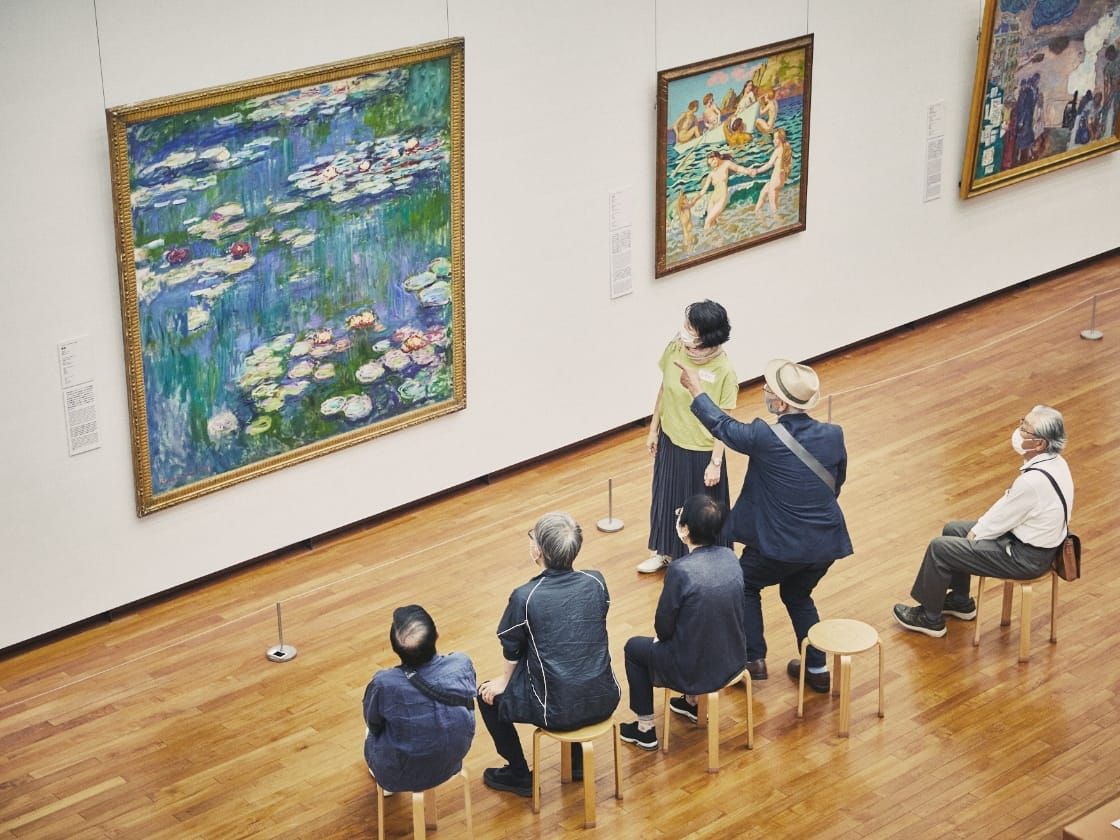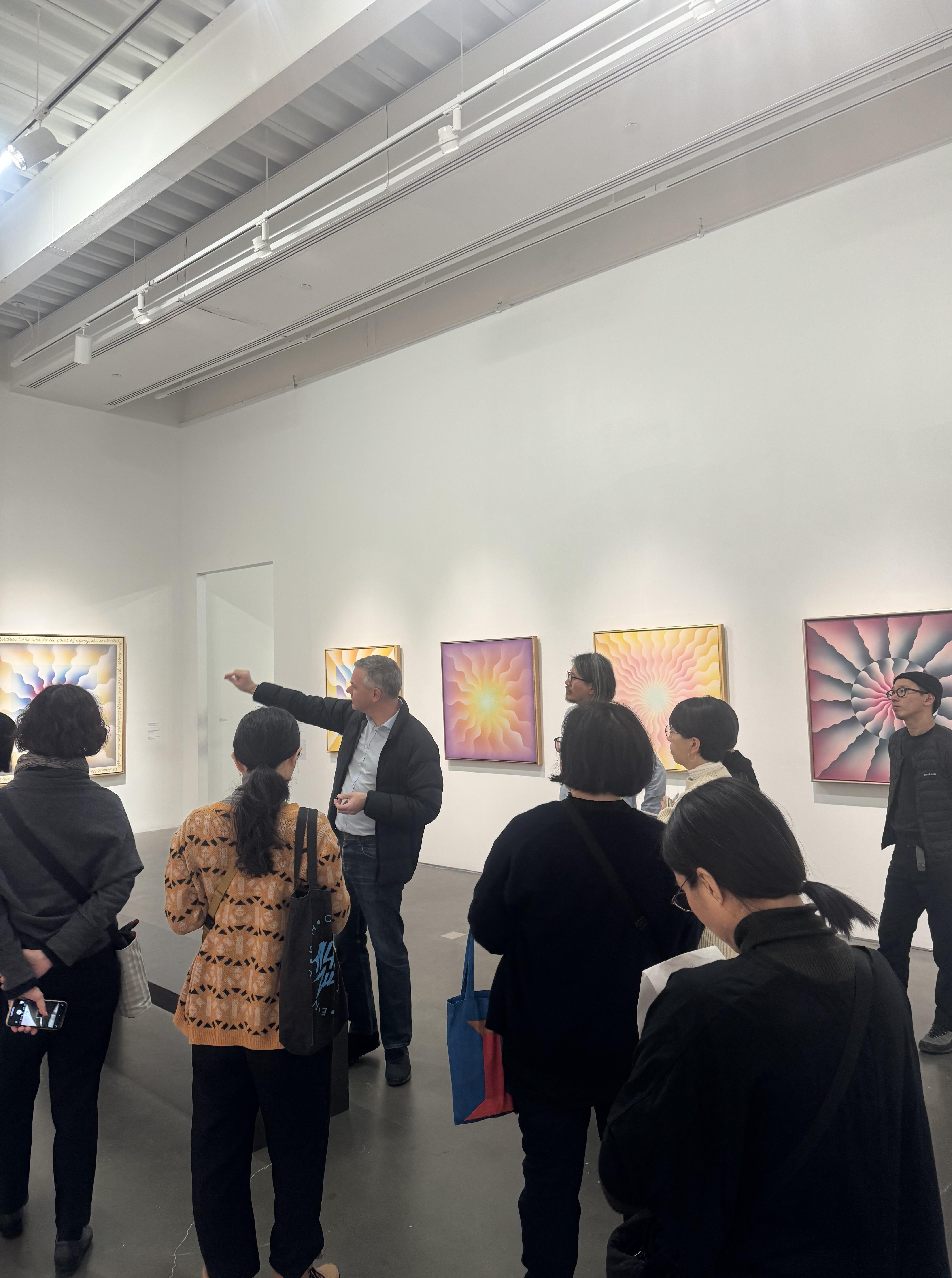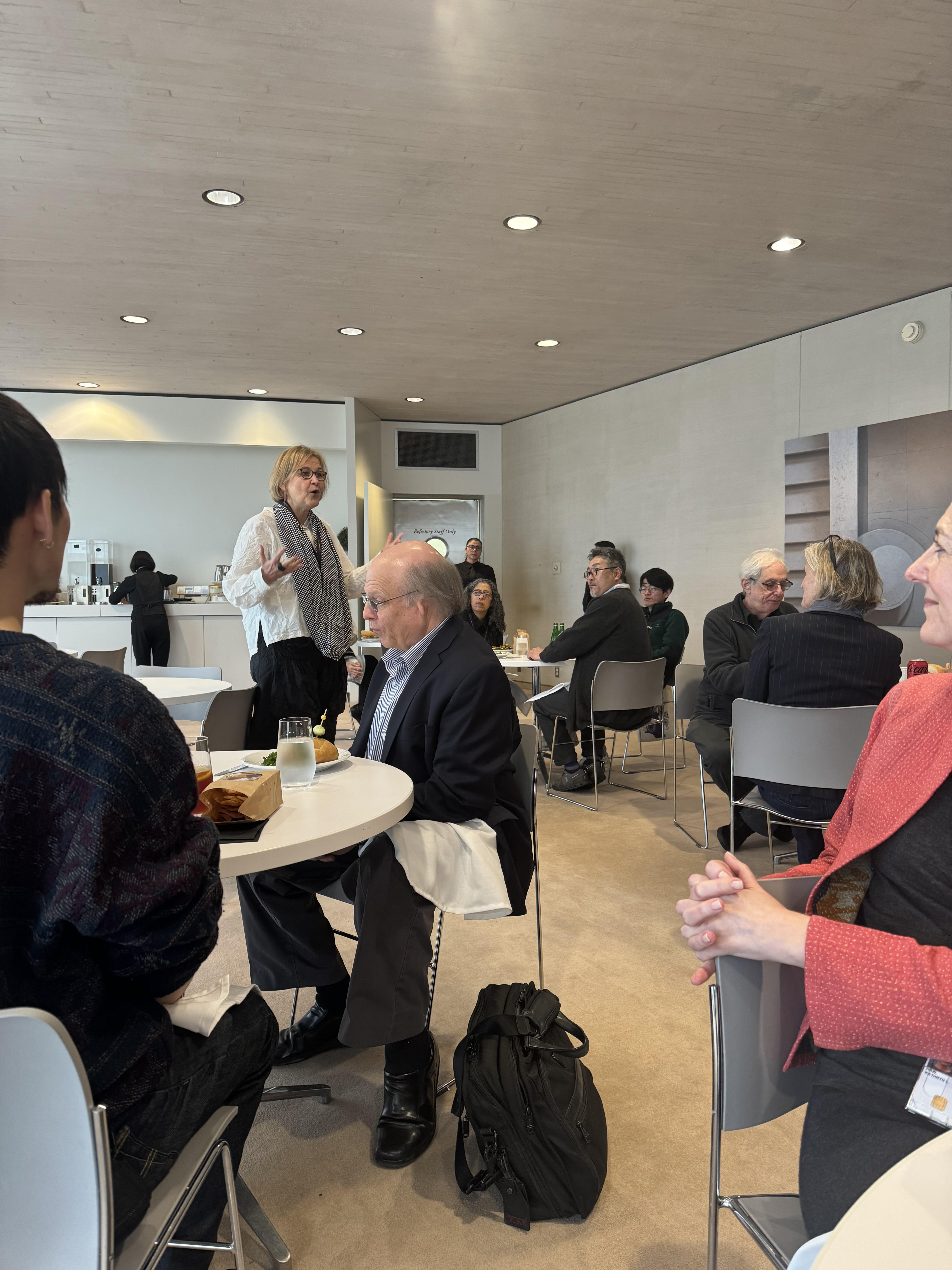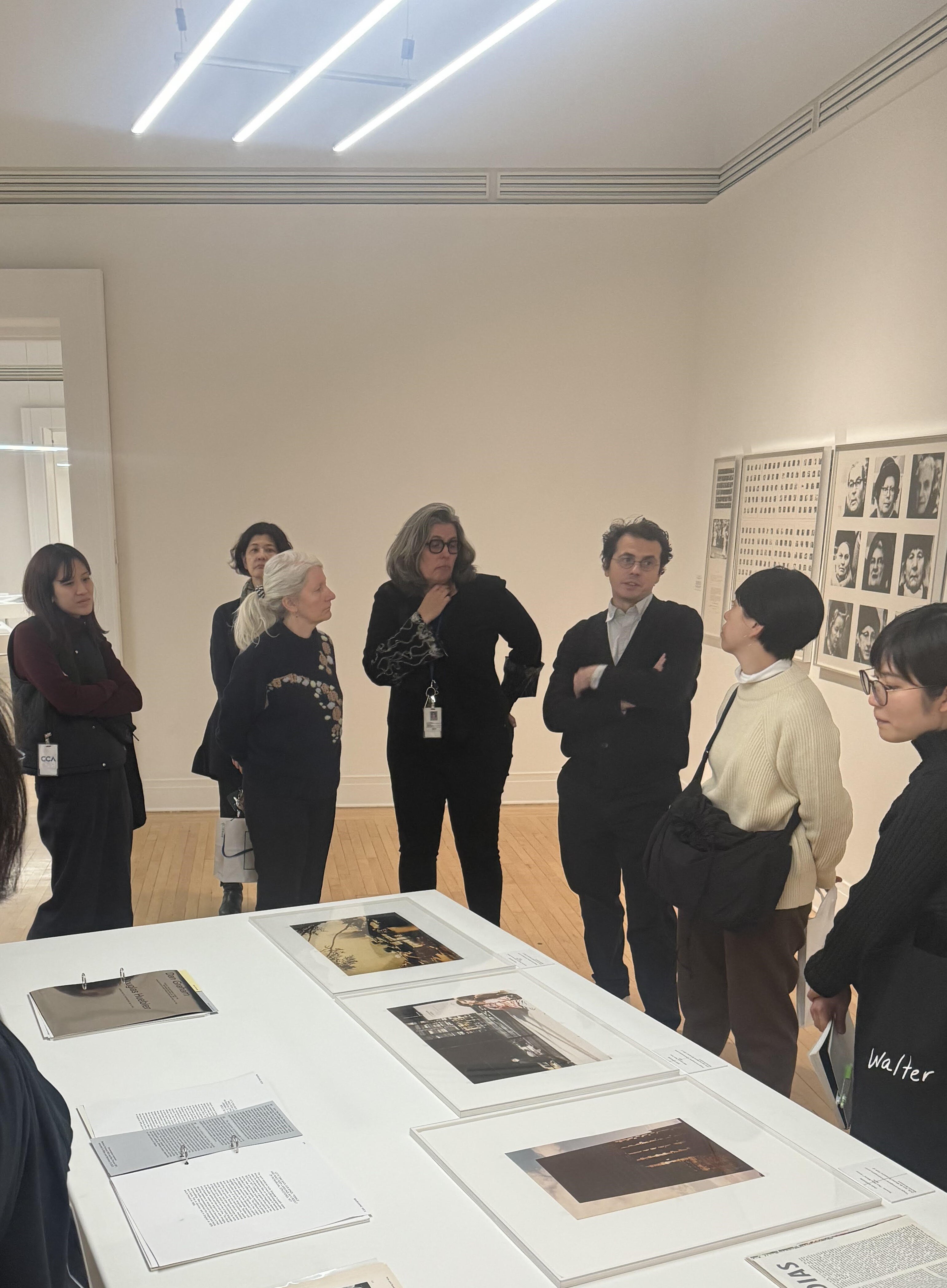The 2nd NCAR Study Tour (Canada and the U.S.) was conducted
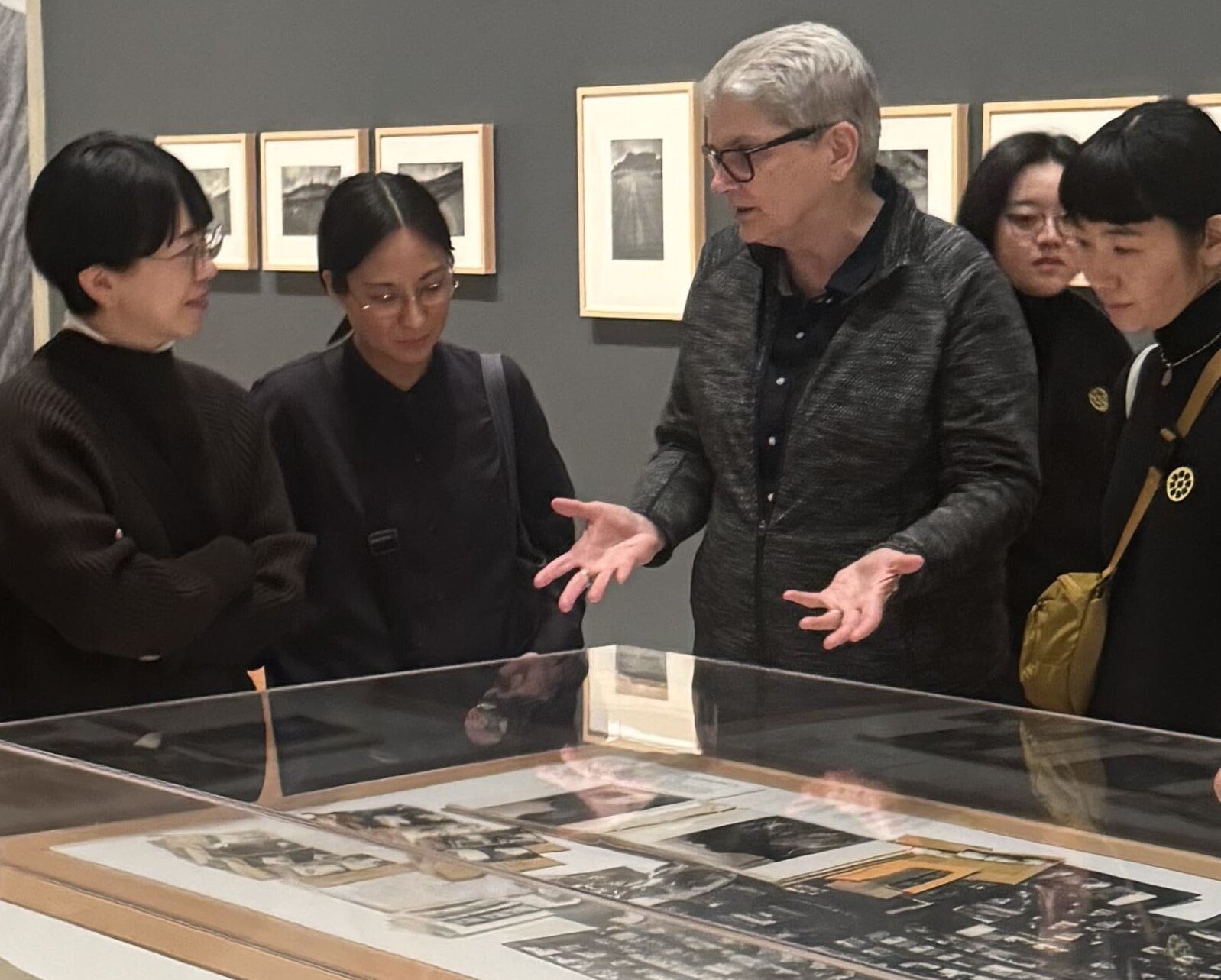
Interaction at the National Gallery of Canada
Overview
The tour covered Canada and the U.S, visiting more than 14 museums and cultural facilities, mainly focused on national and public museums. A total of 9 participants from Japan, including 5 participants who passed an open recruitment screening (curators from public museums, universities, and cultural institutions across the country), and 4 researchers from the Independent Administrative Institution National Museums of Art, joined in the study tour.
The tour was conducted for 11 days from February 21 to March 2, 2024, beginning in Ottawa, Canada, and entering the U.S via Montreal and spanning five cities, including New York, Philadelphia, and Washington, D.C. The participants witnessed the latest art scene in North America from various angles by visiting institutions with diverse management formats, from public to private facilities, including the National Gallery of Canada, the Montreal Museum of Fine Arts, the Philadelphia Museum of Art, several museums in the Smithsonian Institution, and the Glenstone Museum.
On-site networking
At many of the institutions we visited, the participants had the opportunity to interact with the directors, international exchange officers, and many curators.
Since NCAR shared the participants' areas of expertise and the research themes they wished to explore with the visiting institutions beforehand, many of institutions arranged staff and prepared itineraries to accommodate the participants' requests. The participants were able to join gallery talks with Q&A sessions in a gallery-tour format and had the opportunities to visit storage areas and conservation/restoration offices that are normally not open to the public, as well as to handle and view rare and valuable materials. In particular, the exhibition, which strongly emphasized the empowerment of indigenous, black, and female artists, as well as the activities of many Asian artists, including those of Japanese descent, in North America, left a strong impression on the participants.
Through the continued implementation of the "NCAR Study Tour," we will continue to create opportunities for in-depth exchanges between more Japanese and foreign art professionals, thereby contributing to the enhancement of the international presence of Japanese art.
Testimonials from Participants
“Since I visited the U.S. in February during Black History Month, I was able to see exhibits focusing on black history and artists in many museums. Simone Lee's solo exhibition at the Smithsonian's Hirshhorn Museum was particularly impressive in both scale and content. Her work was featured prominently at the last Venice Biennale and could be seen in several museums across the U.S. I was moved by the words of the curator in charge of the exhibition who explained the deep resonance of the painful history endured by black women and their sharp critique of colonialism that permeates her work. The last work presented in the exhibition was inspired by Ota Benga, a Congolese man who was "exhibited" at the St. Louis World's Fair, and it was an outstanding curatorial work that contrasted contemporary art's critique of "national" exhibitions and collections built by imperialism, rather than simply putting her work in the context of art history. It was an excellent curation.”
(Takemoto Ayako, The National Museum of Art, Osaka)
“By participating in this study tour, I was able to visit museums where house Genichiro Inokuma’s works and establish certain connections with curators and archivists, as well as establish contacts with individuals associated with artists including Jasper Johns and Isamu Noguchi, who had interacted with Inokuma. It was a major step pushing forward my ongoing research project "Personal Interaction with Genichiro Inokuma during his stay in the U.S. and its Outcome" at my home institution. I hope to fortify the relationships and contacts established during this tour to conduct more concrete research on Inokuma's activities in North America, including interviews and document research, ultimately leading to a large-scale exhibition that will unravel Genichiro Inokuma's interactions with the U.S.”
(Nakata Koichi, Marugame Genichiro Inokuma Museum of Contemporary Art)
"The National Gallery of Canada's approach to indigenous artists was impressive. The exhibition, "NICK SIKKUARK: HUMOUR AND HORROR," vividly reflects the life in the Arctic Circle and traditional Inuit culture, exemplifying the museum’s effort to clearly position the practices of indigenous artists within the history of contemporary art in Canada. This approach, also seen in their other collection exhibitions, is crucial in recognizing those works that have never received proper recognition as “national art” in art history. The museum’s method of integrating these works regionally and chronologically, without separating them into specific ethnic, is particularly important. "
(Osaka Koichiro, ASAKUSA/ Kyoto University of Art and Design)
"I was able to see works of Asian American and Canadian artists in person and obtain information from local curators. In preparation for an exhibition project focused on Vietnam in the pipeline s, I would like to continue to research Vietnamese immigrant artists living abroad, including those in North America, based on the knowledge and network I have gained this time. In addition, I would like to refer the examples such as the National Gallery of Canada, the Smithsonian American Art Museum, and other museums as a standard when I consider future initiatives at the Fukuoka Asian Art Museum where I work for. Specifically, the National Gallery of Canada's initiative of adopting English alongside the native language of the artist in captions, and the Smithsonian American Art Museum's curation that captures the concept of a country as an experience that transcends geopolitical definitions and the range of national borders. I hope to use these examples as references to explore the role of art museums as social institutions that embrace diverse communities. "
(Kuwabara Fumi, Fukuoka Asian Art Museum)
| List of destinations (in order of itinerary) | |
|---|---|
| Day 1 (departure day, overnight in Ottawa) | |
| Day 2 (Overnight in Montreal) | National Gallery of Canada, Director Jean-François Bélisle and others |
| Day 3 (Overnight in Montreal) |
Montreal Museum of Fine Arts, Director Stéphane Aquin and others Museum of Contemporary Art Montreal, Director Stéphane Aquin and others Canadian Centre for Architecture, Director Giovanna Borasi and others |
| Day 4 (Overnight in New York) Optional tour/self-directed study day *Voluntary participation |
Upper East Side Gallery District Chelsea Gallery District Chinatown/Lower East Side Gallery
District |
| Day 5 (Overnight in New York) Optional tour/self-directed study day *Voluntary participation |
New Museum, Artistic director Massimiliano Gioni and others Museum of Modern Art, New York |
| Day 6 (Overnight in Philadelphia) |
The Barnes Collection Philadelphia Museum of Art, Curator Matthew Affron and others |
| Day 7 (Overnight in Washington, D.C.) |
Smithsonian National Museum of Asian Art, Global Affairs Team Ella Weiner and others Hirshhorn Museum, Curator Anne Reeve and others |
| Day 8 (Overnight in Washington, D.C.) |
National Gallery of Art, Director Keywin Feldman and others Smithsonian American Art Museum, Curator Melissa Ho |
| Day 9 (Overnight in Washington, D.C.) |
Glenstone Art Museum, Senior Director Nora Cafritz and others National Women's Museum of Art, Director Susan Fisher Sterling and others |
| Day 10 (day of return) | |
| List of participants (in alphabetical order by last name) *Affiliations are as of February 2024 |
|
|---|---|
| Kobayashi Sayuri | The National Museum of Modern Art, Tokyo |
| Kuwabara Fumi | Fukuoka Asian Art Museum |
| Nakata Koichi | Marugame Genichiro-Inokuma Museum of Contemporary Art |
| Nakaya Keisuke | Kyoto Art Center |
| Osaka Koichiro | ASAKUSA/Kyoto University of Art and Design |
| Takemoto Ayako | The National Museum of Art, Osaka |
| Takezaki Mizuki | Marugame Genichiro-Inokuma Museum of Contemporary Art |
| Watanabe Ayumi | The National Museum of Modern Art, Kyoto |
| Yamada Yukako | The National Art Center, Tokyo |


